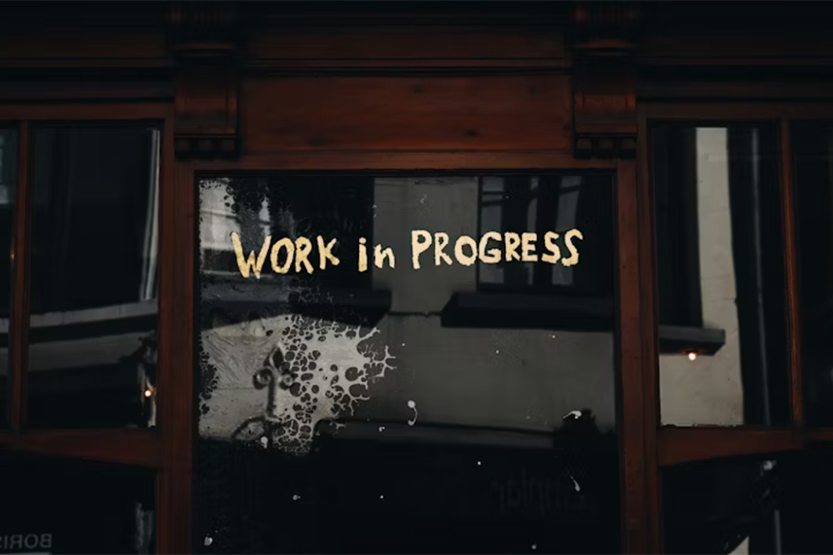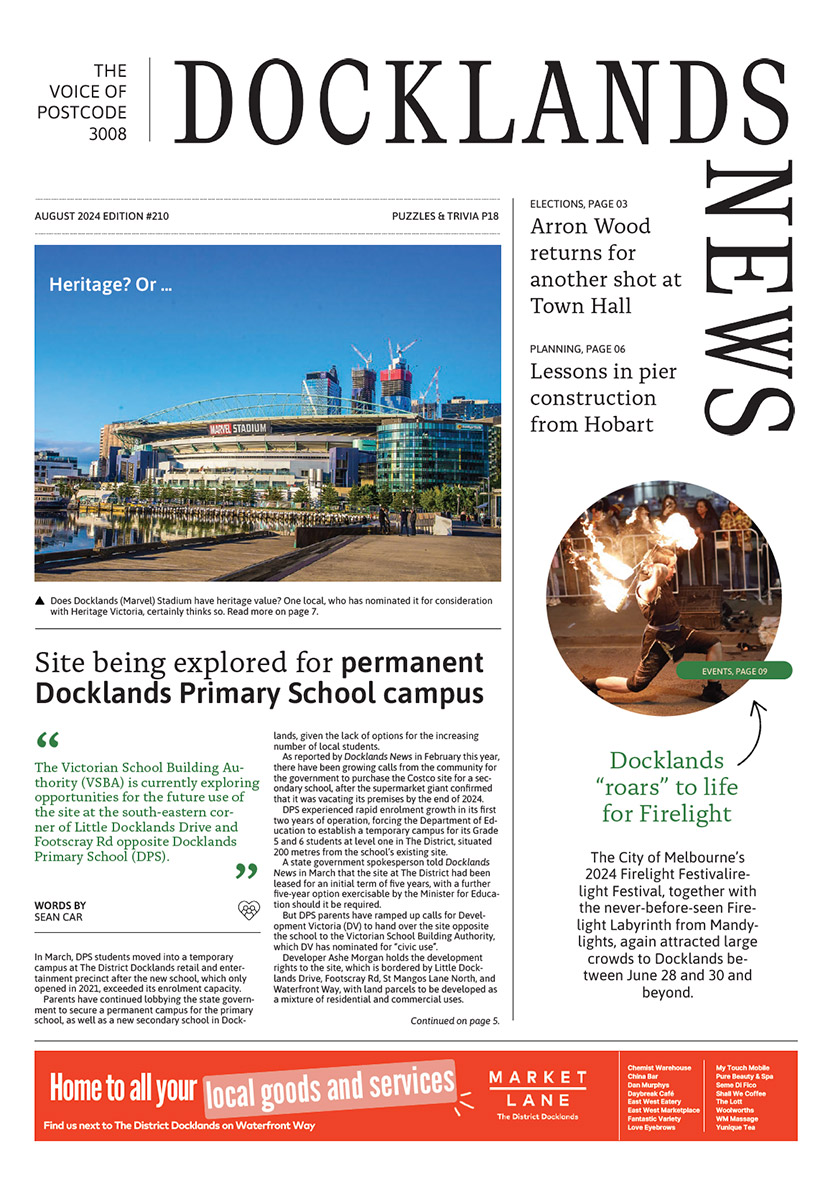The road of retail recovery: a look at how far Melbourne CBD has come
Remember the year 2019? Remember those early rumblings of one of the most significant events in the world’s recent history?
When it was all coming to light did you, like so many others, think that COVID would never touch our shores? Did you think it would go exactly the way it did?
Were you one of those weird people stocking up on toilet paper as though that was somehow going to save you during the end times?
Many of us still have the image of the outside world during that time fixed in our minds. Quarantine measures implemented for the safety of the populace rendered the streets bare, and desolate. Store shelves were empty, and the number of people outside was scarce.
It doesn’t take a Diploma in Business Administration online to see how bad this would have been for businesses. Many business owners and entrepreneurs were forced into difficult times as a result of the quarantines.
Finances were choked, and businesses felt the strain. However, the latest data on the state of retail in Australia post-COVID is cause for hope and a sign of things bouncing back.
During the pandemic
Despite heavy criticism from political opponents, all evidence points to Australia’s famously stringent COVID-19 restrictions having worked. Our government at the time looked at what other countries were doing and emulated it.
When things didn’t work elsewhere, our leaders did things differently. A good example of this is in our vaccination stance, where the populace was not allowed out of their homes until 70 per cent of our people were vaccinated against COVID-19.
Although it meant we were trapped indoors for a while longer when we did finally get out again, we had little in the way of resurgence to worry about. Compared to Germany which allowed people out of their homes with a less than 70 per cent vaccinated populace, and as a result, had to deal with a new rash of overwhelmed hospitals and overworked medical staff.
However, research shows that during the COVID-19 pandemic, of all Australia’s cities economic wellbeing, Melbourne’s was the hardest hit. Billions of dollars in economic output and tens of thousands of jobs were lost in the wake of the pandemic. However, there were several key initiatives enacted during this time that allowed us to survive to where we are today. Namely:
- A COVID-19 Economic Support Package with a zero net increase in rates for the year (2020) worth $50 million.
- A concierge service that worked with small businesses to help them access grants and other resources.
- $5.5 million in financial support for small-medium businesses.
- $175.8 million was spent on capital works, renewing the Queen Victoria Market, climate, and community initiatives, and more.
- 15,000 free temporary parking permits for frontline workers.
- $17 million was invested in arts grants and organisations.
- Extended construction hours to fast-track project completion and create/protect jobs.

Post pandemic
As the rage of the pandemic started to cool down, Melbourne was faced with a new kind of challenge, one we hadn’t had to face for some time as one of the world’s foremost cultural hubs; we had to work out how to revitalise our social landscape.
People had just been shut indoors for approximately two years, as much as we wanted to get out of our homes there was a certain truth in the complacency we had gained in our homes. There was a new kind of comfort, and it took a little coaxing to get outside.
For this reason, Melbourne reinvested in its social programs as the effects of COVID-19 began to pull back.
Several programs designed to get people out in the city again were put in place, such as Urban Blooms showcased plants and flowers for the gardeners who hadn’t been able to visit outdoor spaces; Music in the City to give buskers and up-and-coming music to ply their trade in a live public setting for the first time in a long time; Moomba festival was reinvigorated; Let’s Make Melbourne show off the creativity of Melbourne’s people, and the Melbourne Money restaurant dining rebate designed to give people an incentive to pour some money back into Melbourne’s restaurant scene.
The combination of fiscal assistance and social initiative has worked, it seems. Recent research shows that the retail sector is expanding, and people are starting businesses again, and thus far the growth is showing no signs of slowing down.
If we manage to keep the economic bounce-back growing the way it has been, there’s no reason why within the next few years Melbourne can’t return to where we were before the pandemic.

Where we are now
Tensions were riding high during the pandemic.
Between people’s impatience to get out of doors, indignation at the lack of basic services, and conspiracy theorists throwing their unique views into the mix, if we take a step back and look at our leadership’s initiatives during one of the most tumultuous times in our nation’s history – it becomes quite clear that not only did the ones guiding us through the crisis know what they were doing, but they did a really good job of it too.
Of course, there was room for improvement, there always is. For example, if the infected passengers from the Ruby Princess weren’t allowed back onto our shores in the first place the initial COVID-19 outbreak likely never would have reached the extremes it did.
However, things happened, and suddenly we were thrown into one of the most chaotic and scary periods in our nation’s history. Our leaders saw us through this time with intelligence, temperance, and forethought, and their initiatives have led us to a path to economic recovery.
Because of these, we are famously one of the countries whose recovery from the COVID-19 pandemic has been exemplary.

Docklands decoded: a resource and travel guide for students








 Download the Latest Edition
Download the Latest Edition